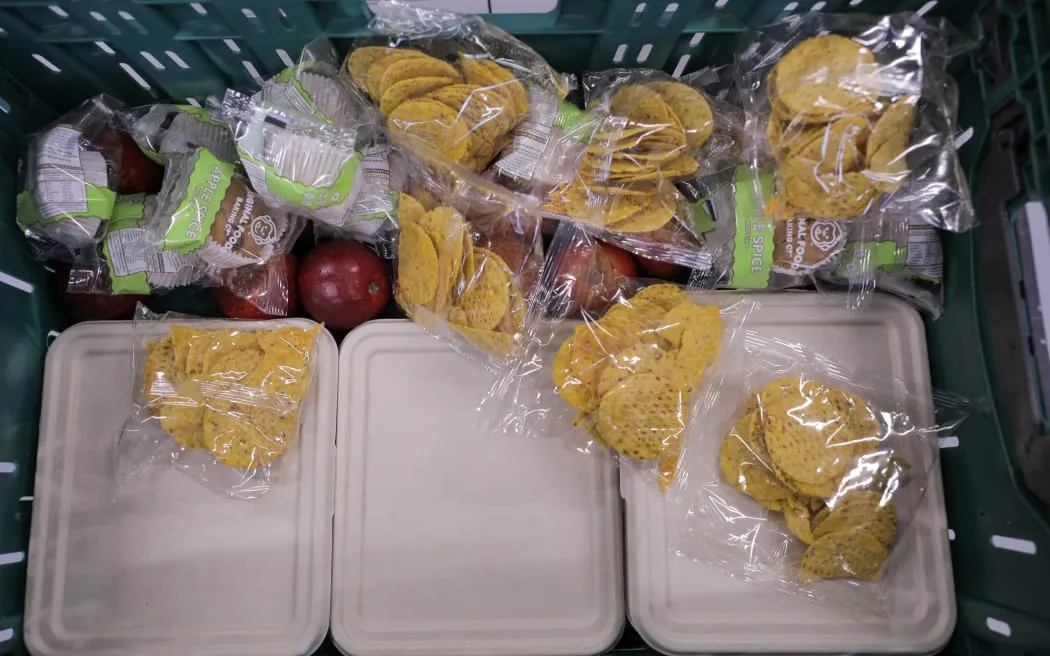The New Zealand Government’s School Lunch Programme: A Review of its Successes and Challenges
The school lunch programme in New Zealand has been implemented to address the issue of unhealthy food options for students, particularly from low-income families. The programme aims to provide healthy and affordable meals that meet the nutritional needs of students. In this review, we will examine the successes and challenges faced by the programme.
**Introduction**
In 2018, the New Zealand government launched a school lunch programme as part of its broader efforts to improve student health and well-being. The programme provides funding to schools to purchase food from local suppliers, with the goal of promoting healthy eating habits among students. One whānau member described the programme as a “targeted tax break for the parents of kids.”
**Successes**
The school lunch programme has had several successes. Public health nurses have reported anecdotal improvements in student health, with fewer cases of impetigo (school sores), headaches, malnutrition, constipation and abdominal pain, and some instances of enhanced dental health.
Schools that use the internal model – where schools are funded to produce the food themselves rather than getting it from a third party provider – have appreciated the opportunity to employ members of the community, often older people, including kuia and kaumātua Māori. This has not only provided economic benefits but also helped to promote cultural preservation.
The programme has also grown local businesses, with many external suppliers reporting increases in turnover and therefore the number of staff they can employ.
**Challenges**
Despite its successes, the school lunch programme has faced several challenges. One of the main issues is cost-effectiveness. The new system would work on a more centralised model, which the government said made it far more cost-effective.
Another challenge is the lack of standardisation in meals provided by schools. Feedback loops from students to providers have been lacking, which has resulted in some meals being less effective than others.
**Recommendations**
The report recommended encouraging schools to establish protocols and tikanga kai surrounding the meals, as well as investment in producing standardised curriculum content that complements the programme, such as nutrition, sustainability, hygiene, and mātauranga Māori.
It also suggested further research into the long-term impact of providing school lunches on public health. This would help to inform policy decisions and ensure that the programme continues to meet its goals.
**Conclusion**
The New Zealand government’s school lunch programme has made significant strides in promoting healthy eating habits among students, particularly from low-income families. While challenges remain, the programme has also had several successes, including improved student health and economic benefits for local businesses.
By addressing the issues of cost-effectiveness and standardisation, and investing in further research, the programme can continue to be effective in improving student health and well-being.

0 Comments